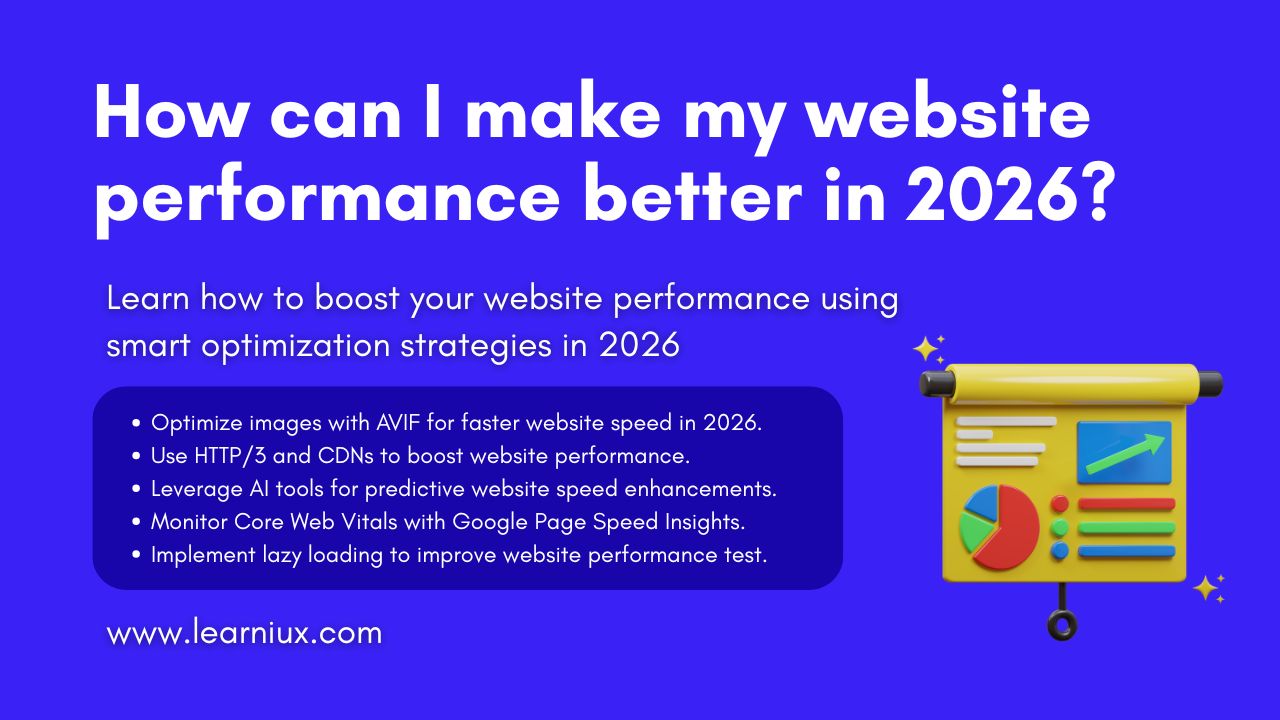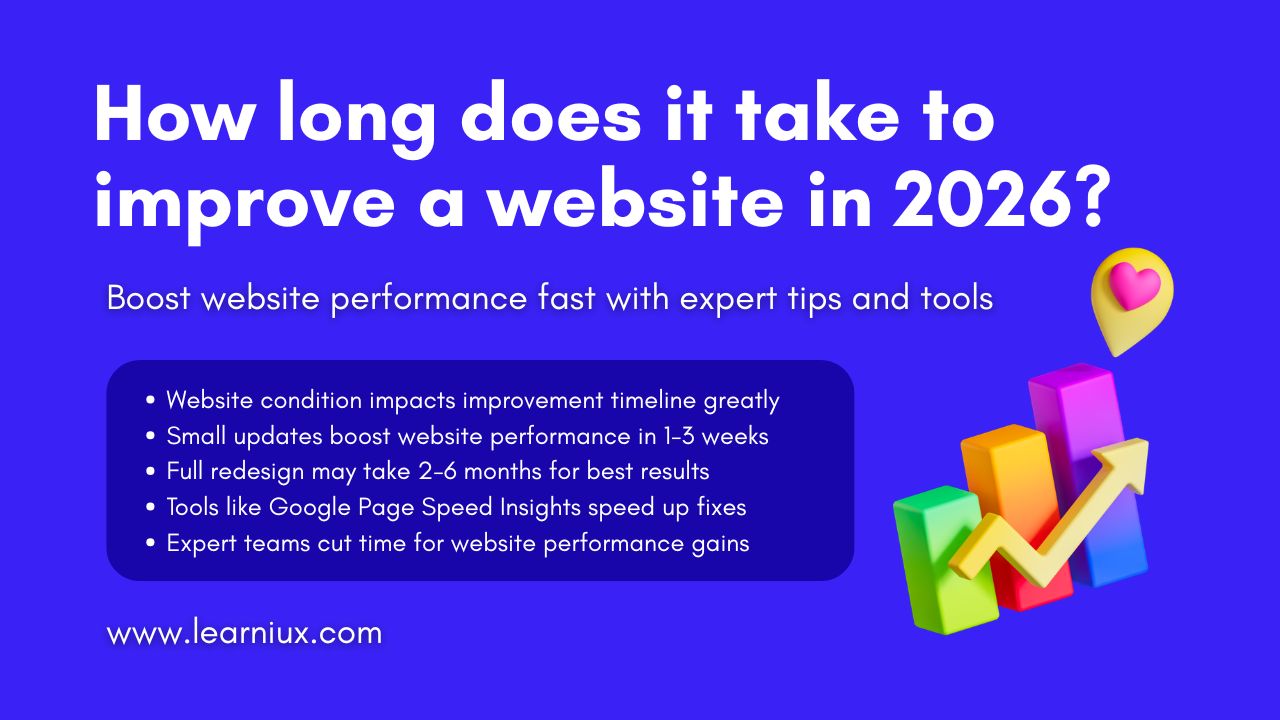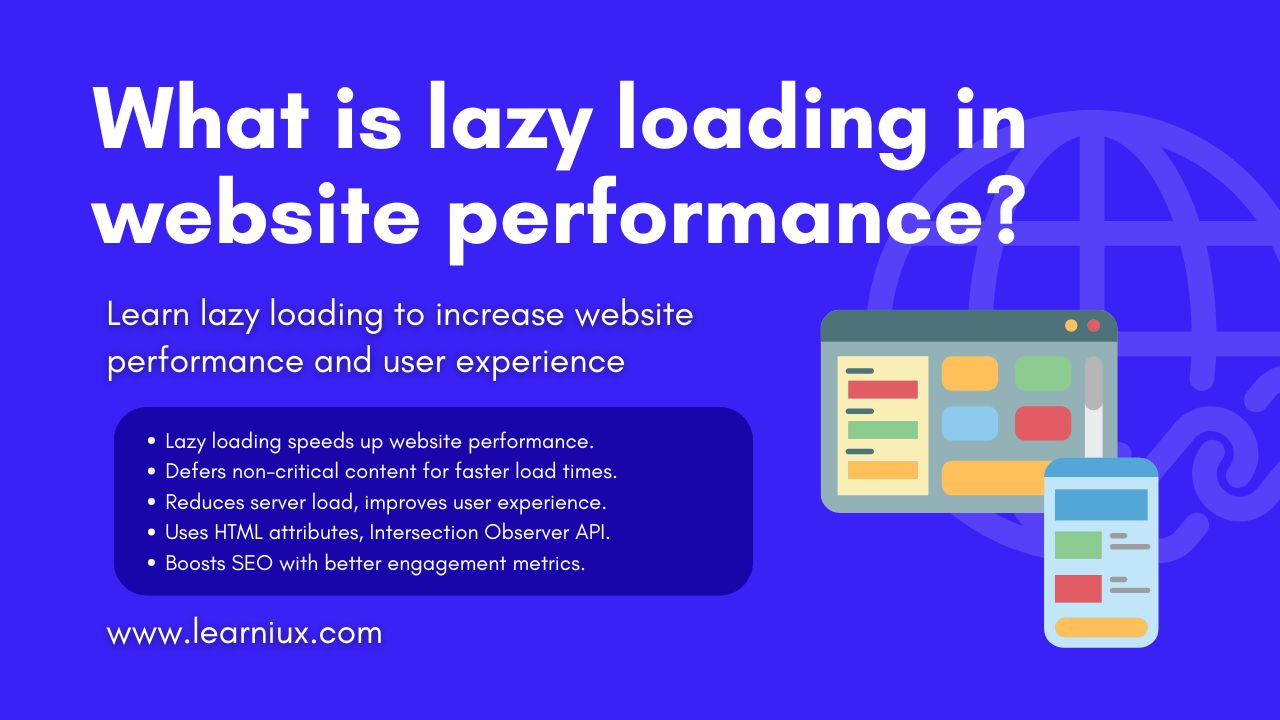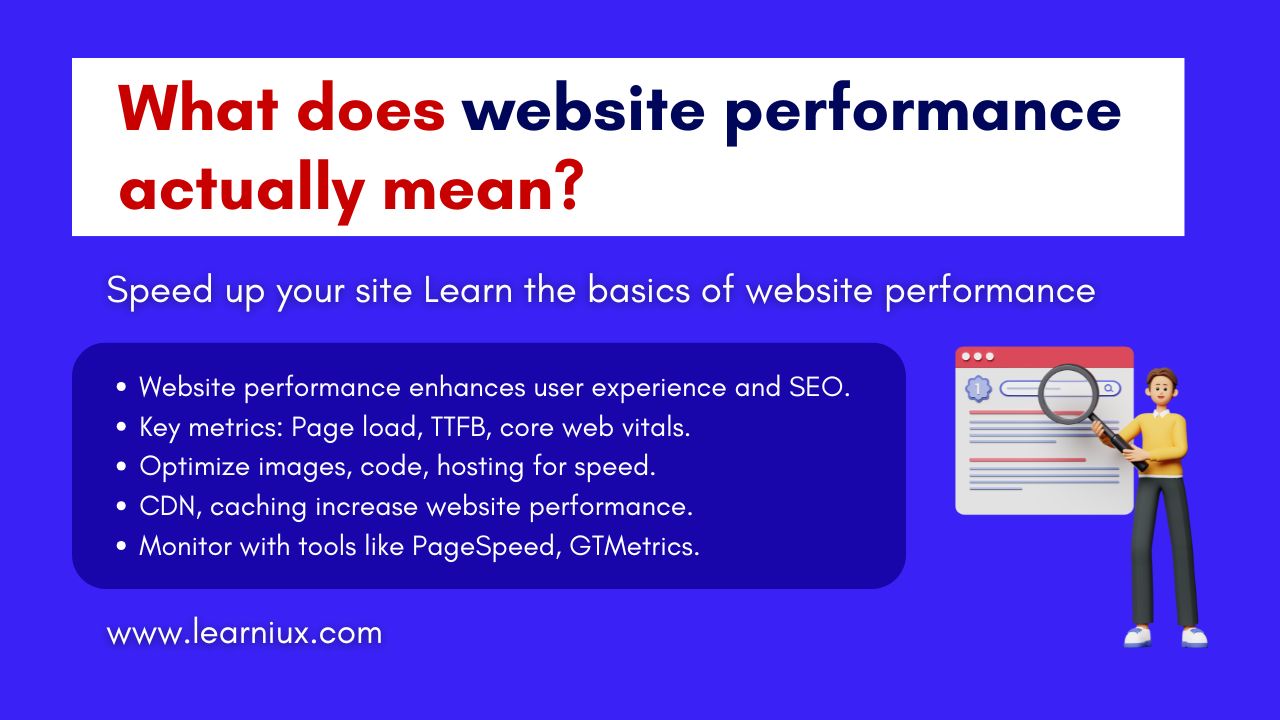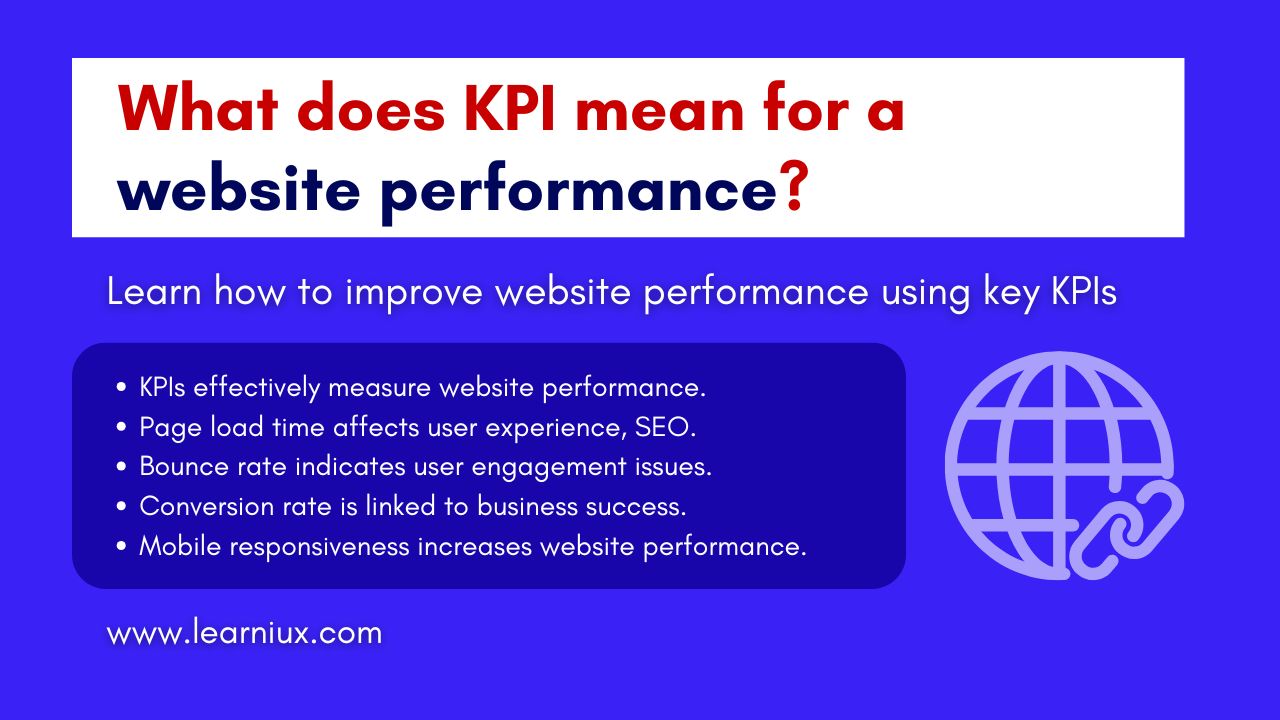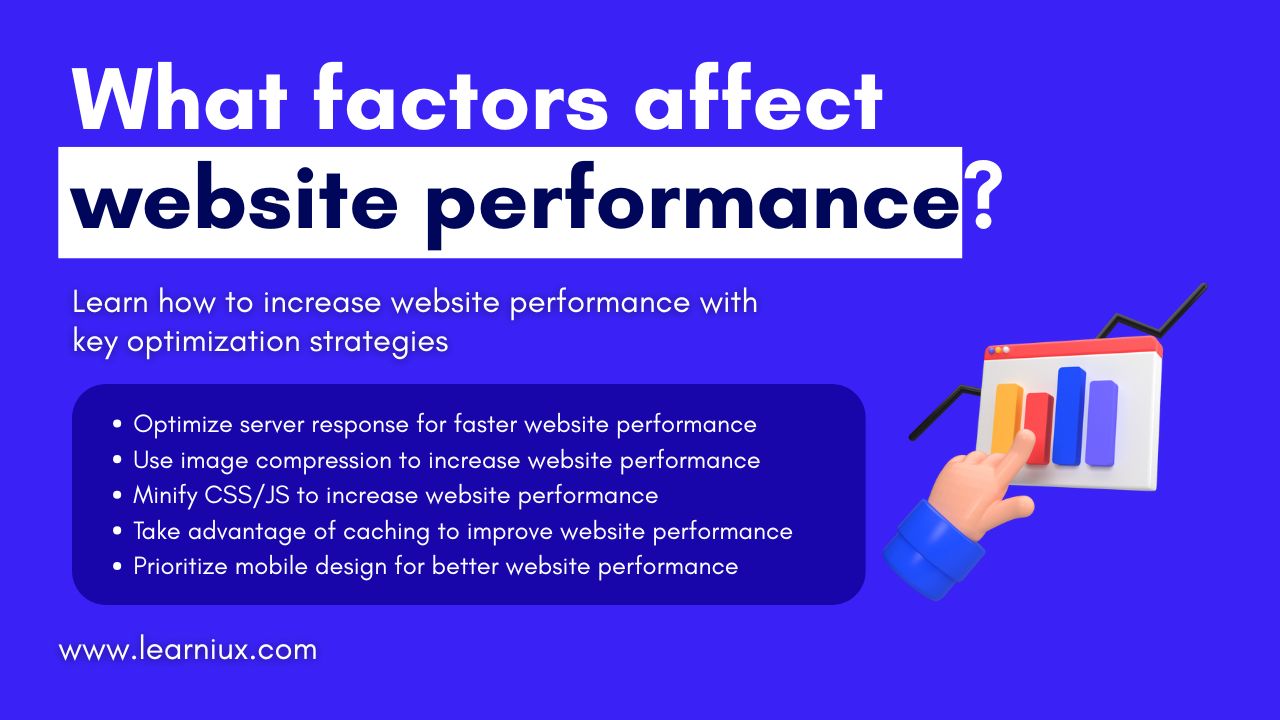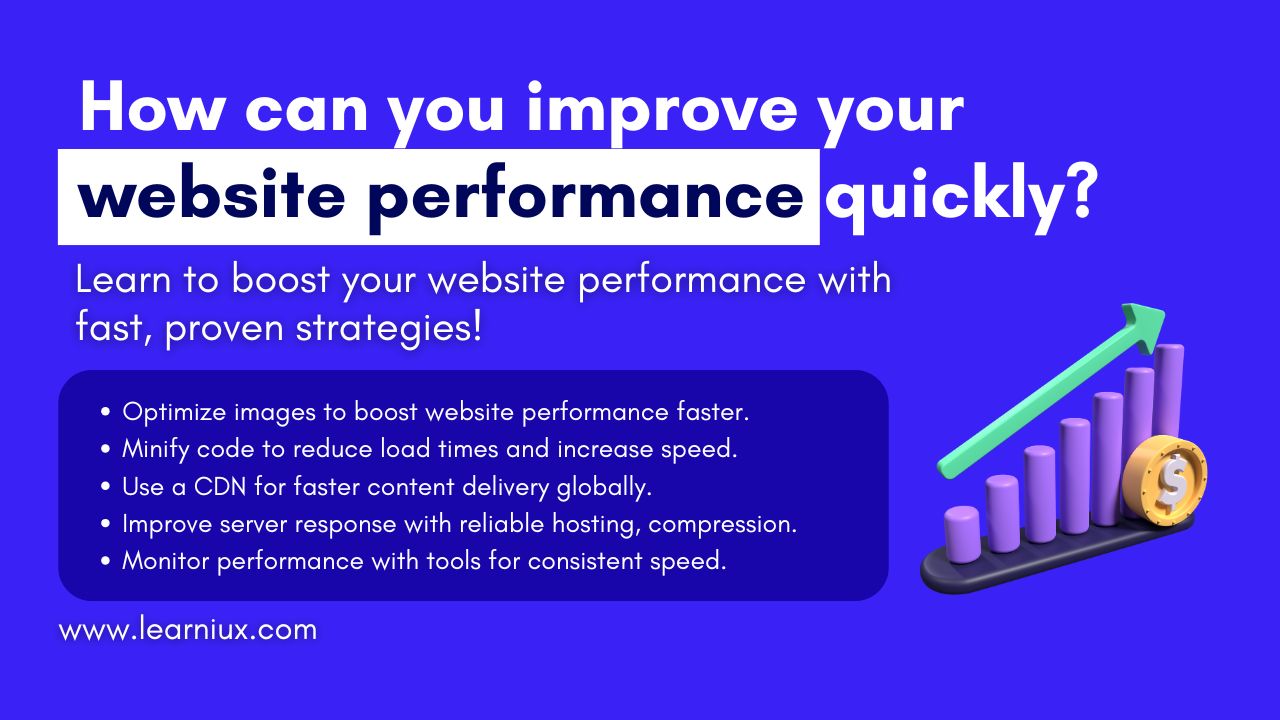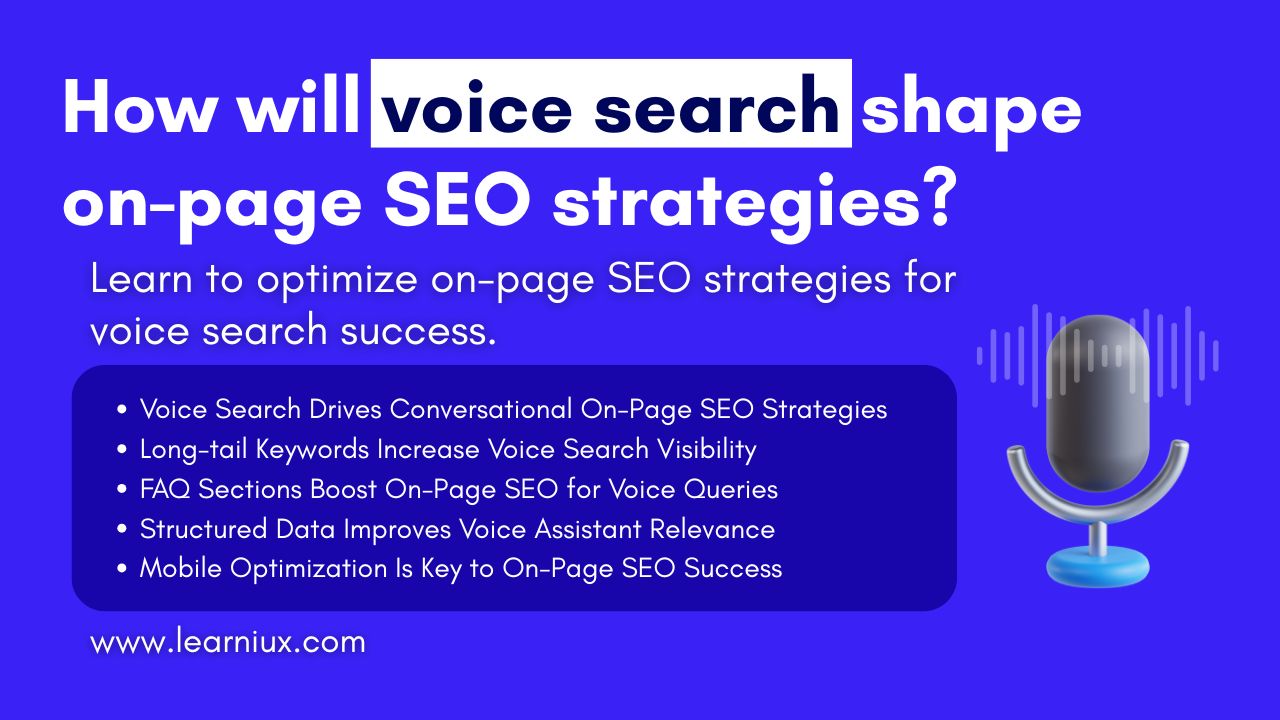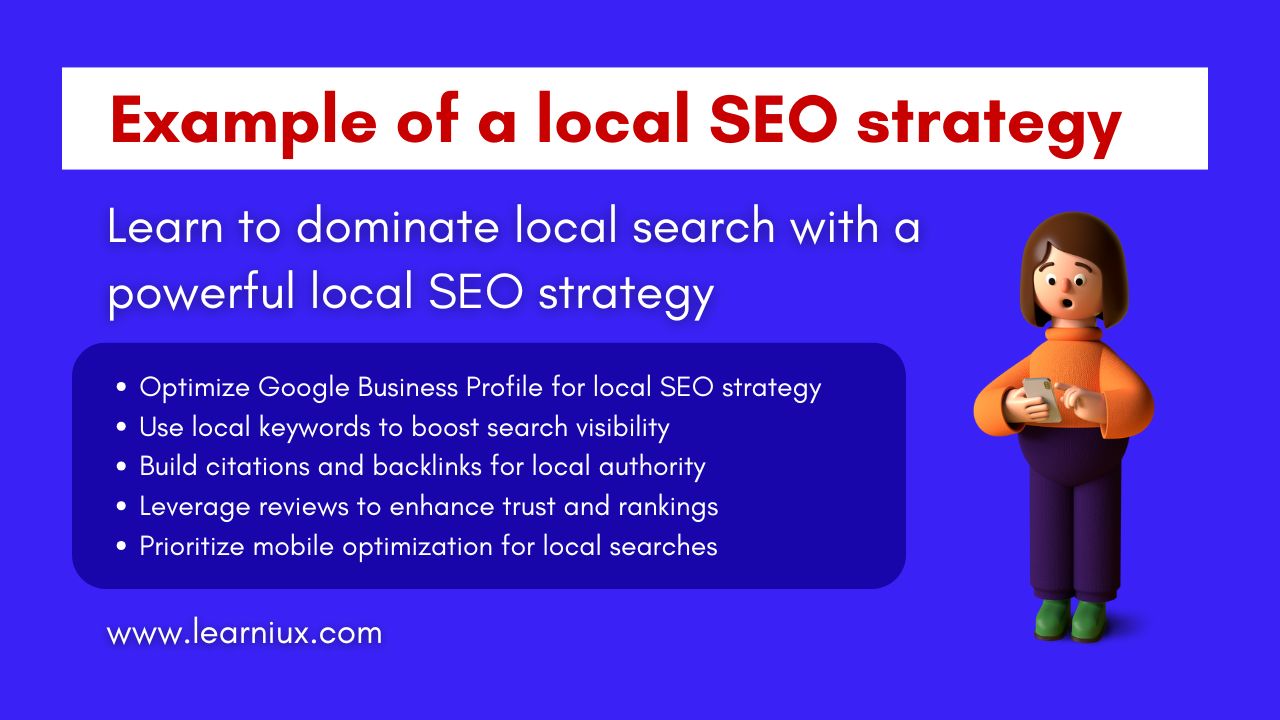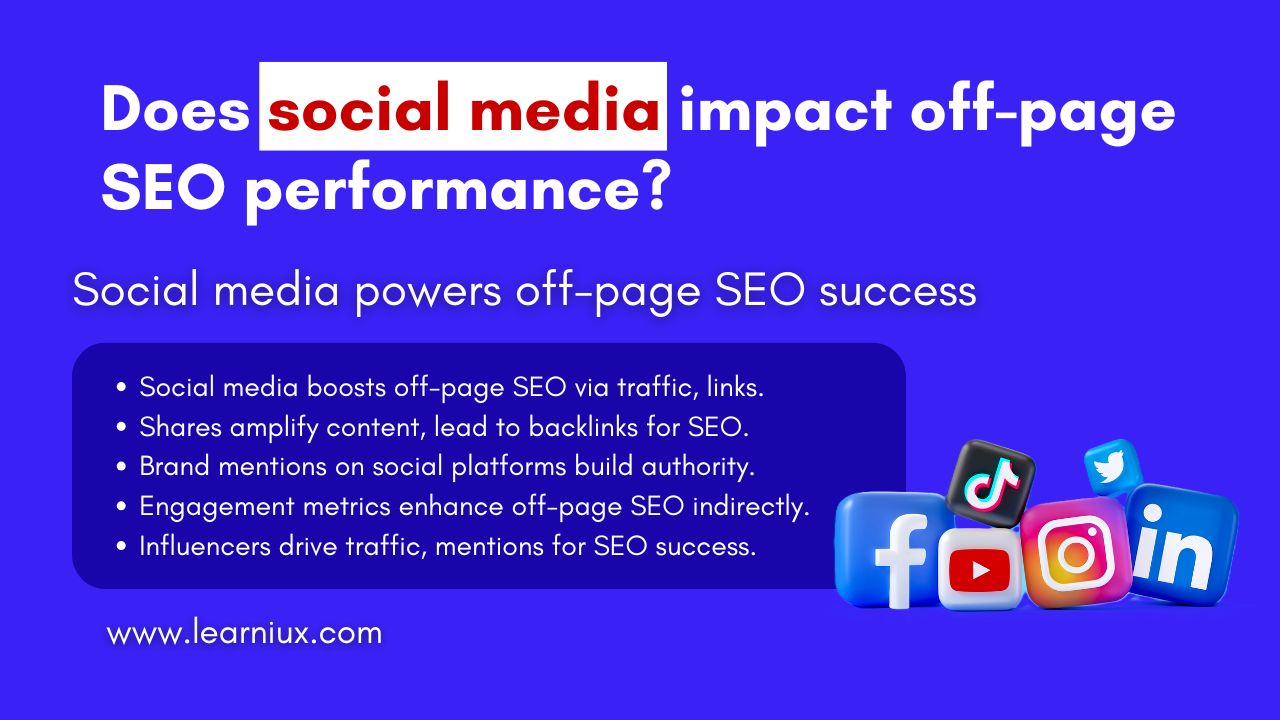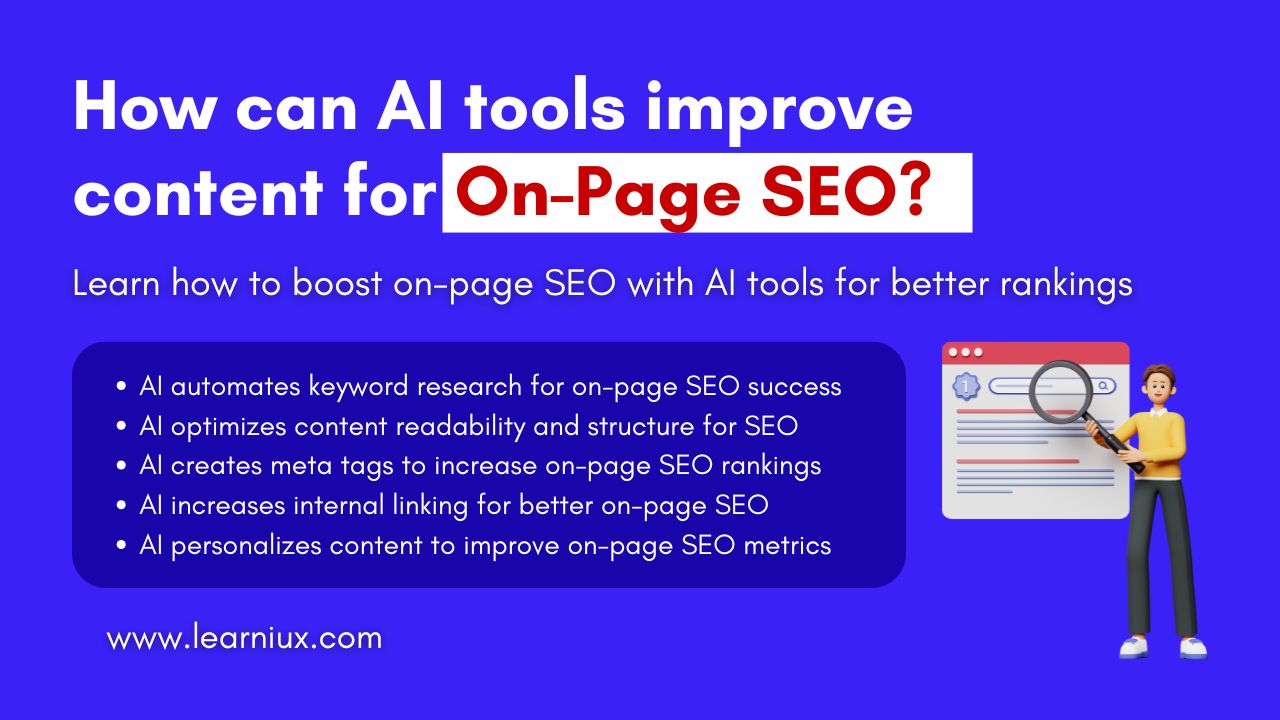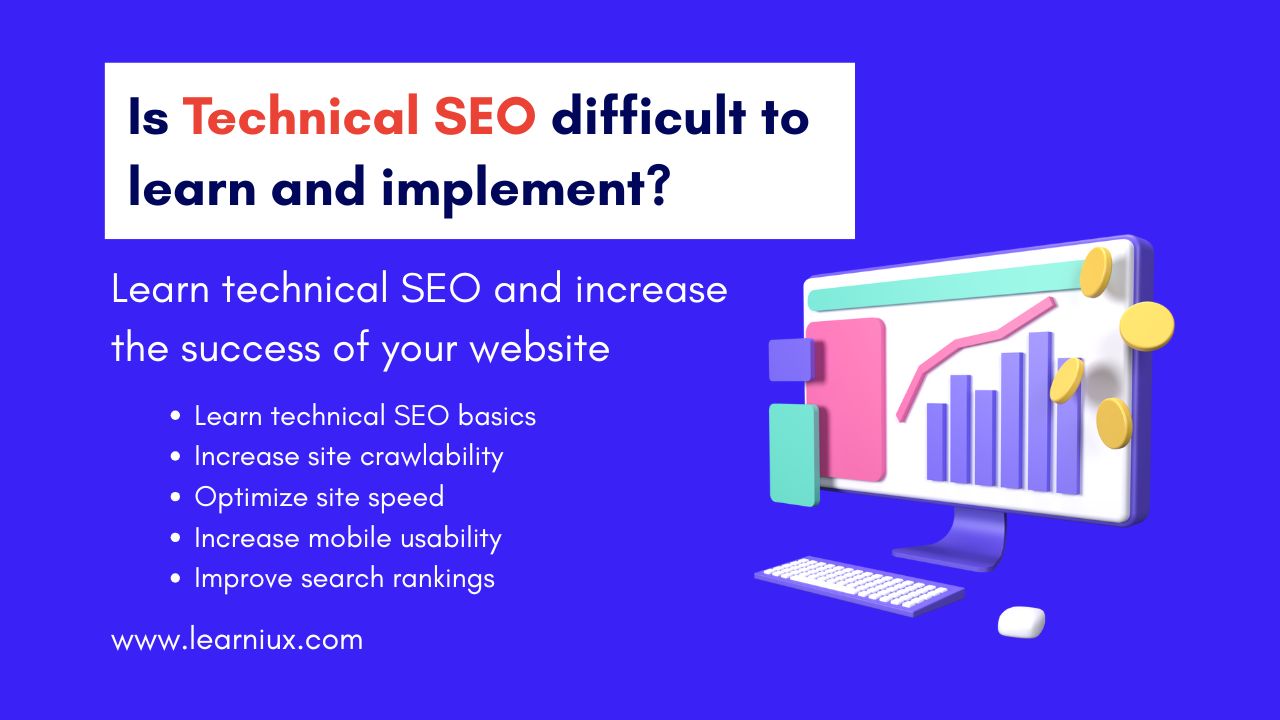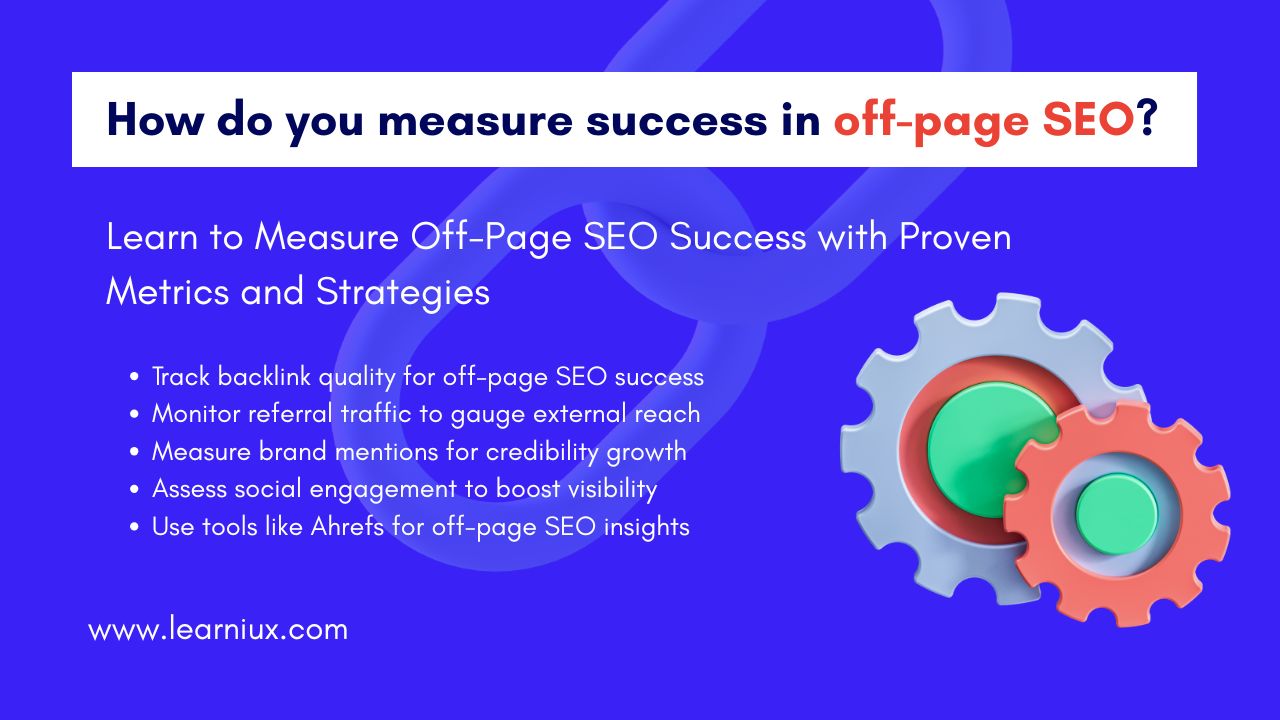In 2026, website performance will remain a cornerstone of digital success, impacting user satisfaction, search engine rankings, and business outcomes. With technological advancements and changing user expectations, optimizing website performance requires adopting cutting-edge strategies tailored to the latest trends. This comprehensive guide explores proven and emerging techniques to enhance website performance, so your site can thrive in the competitive landscape of 2025-2026. From leveraging core web vitals to embracing AI-driven personalization, we’ll cover actionable methods to increase speed, efficiency, and user engagement.
Understanding Core Web Vitals for Website Performance
Google’s Core Web Vitals have become the gold standard for measuring website performance, focusing on three key metrics: Largest Contentful Page (LCP), Interaction to Next Page (INP), and Cumulative Layout Shift (CLS). These metrics assess loading speed, interactivity, and visual consistency, respectively, all of which directly impact user experience and SEO rankings.
Why Core Web Vitals Matter in 2026
In 2026, search engines like Google continue to prioritize sites that excel in core web vitals. A fast LCP, which measures the time it takes for main content to load, ensures that users see meaningful content quickly, reducing bounce rates. INP assesses how quickly a site responds to user interactions like clicks or taps, making it important for interactive elements like forms or buttons. CLS ensures that visual elements do not change unexpectedly, maintaining a seamless experience. Optimizing these metrics increases website performance by aligning with user expectations and search engine algorithms.
Optimizing LCP for better website performance
To improve LCP, focus on server response times, render-blocking resources, and client-side rendering. Use modern hosting solutions with low-latency servers and optimize CSS and JavaScript to reduce blocking. In 2026, server-side rendering (SSR) or static site generation (SSG) with frameworks like Next.js can significantly reduce LCP, increasing website performance. In addition, use modern image formats like AVIF to speed up content delivery without sacrificing quality.
Enhancing INP and CLS
For INP, optimize JavaScript execution by deferring non-critical scripts and using asynchronous loading. Tools like the Web Vitals Chrome extension can help identify slow interactions. To reduce CLS, set clear dimensions for images and ads, and avoid injecting dynamic content without reserving space. These steps ensure a stable, responsive site, directly improving website performance metrics in 2026.
Advanced Image Optimization for Website Performance
Images are the largest portion of a webpage’s data, making their optimization critical for website performance. In 2026, advanced techniques and formats enable faster loading without compromising quality.
Adopting Next-Gen Image Formats
Formats like AVIF and WebP offer superior compression compared to traditional JPEG or PNG files. AVIF, widely supported in 2026, reduces file size by up to 50% while maintaining high-quality visuals. Convert images to AVIF using tools like Squish or CloudInery to boost website performance, especially on mobile devices where bandwidth is limited.
Implementing Lazy Loading
Lazy loading defers loading of off-screen images until they are needed, significantly improving initial page load times. In 2026, native lazy loading is supported by all major browsers using the loading=”lazy” attribute. This technique reduces data usage and speeds up website performance, especially for content-heavy sites like e-commerce platforms or blogs.
Responsive and adaptive images
Serve images tailored to the user’s device using the <image> element or srcset attribute. By delivering images of the right size based on screen resolution, you reduce unnecessary data transfers, increasing website performance. In 2026, automated image optimization services like Imgix will integrate with CDNs to dynamically adjust image sizes, further streamlining performance.
Leveraging Content Delivery Networks for Website Performance
Content Delivery Networks (CDNs) are essential for global website performance in 2026. By caching content on servers closer to users, CDNs reduce latency and speed up page loads.
Edge Computing and Dynamic Caching
Modern CDNs in 2026 integrate edge computing to process dynamic content at the edge, reducing server requests. For example, caching personalized content in edge-side (ESIs) allows for balancing speed and customization. Choose a CDN like Cloudflare or Akamai with edge computing capabilities to boost website performance during traffic spikes.
Security and Performance Synergy
CDNs in 2026 also provide robust security features such as DDoS protection and web application firewalls (WAFs). These features prevent downtime, ensuring consistent website performance even under attack. Choose a CDN with global points of presence (PoPs) to deliver content to international audiences faster, enhance user experience, and enhance SEO.
Migrating to HTTP/3 for Better Website Performance
HTTP/3, based on the QUIC protocol, is a game-changer for website performance in 2026. Unlike HTTP/2, which relies on TCP, HTTP/3 uses UDP-based QUIC to reduce connection overhead and improve data transfer in poor network conditions.
Benefits of HTTP/3
HTTP/3 reduces latency by eliminating head-of-line blocking and enabling faster connection establishment. In 2026, its adoption is almost universal, supported by major browsers and servers such as Nginx and Apache. This protocol increases website performance by ensuring faster data delivery, especially for users on unreliable networks.
Migrating to HTTP/3
To adopt HTTP/3, upgrade your server infrastructure to support QUIC. Cloud providers such as AWS and Google Cloud offer HTTP/3-compatible environments. To ensure a seamless transition, check your site’s compatibility using tools such as HTTP/3 Check, which increases website performance.
Caching Strategies to Optimize Website Performance
Caching is a cornerstone of website performance, reducing server load and speeding up content delivery. In 2026, advanced caching strategies use both client-side and server-side techniques.
Browser and Service Worker Caching
Browser caching stores static assets like CSS, JavaScript, and images locally, reducing repeated requests. Configure cache headers like cache-control to balance freshness and performance. Service workers, which will be widely used in 2026, enable offline caching and background syncing, increasing website performance for Progressive Web Apps (PWAs).
Server-side Caching with Redis
Server-side caching with tools like Redis or Memcache stores dynamic content like database query results to reduce processing time. In 2026, Redis’ in-memory storage ensures sub-millisecond response times, significantly improving website performance for data-intensive applications.
Cache Invalidation Best Practices
Proper cache invalidation prevents outdated content. Use versioning or cache-busting techniques to update assets efficiently. Tools like Varnish Cache, popular in 2026, allow for fine-grained control over cache policies, ensuring the best website performance without compromising content accuracy.
Progressive Web Apps for Next-Level Website Performance
Progressive Web Apps (PWAs) bridge the gap between web and mobile apps, delivering fast, app-like experiences. In 2026, PWAs are the cornerstone of website performance, especially for mobile users.
Key PWA Features
PWAs use service workers to cache assets, enabling offline access and fast loading. Push notifications and background syncing keep users engaged, while an app-like interface improves navigation. Together, these features boost website performance by reducing load times and increasing reliability.
Implementing PWAs in 2026
Convert existing sites to PWAs using a framework like Workbox, which simplifies service worker integration. Make sure your manifest file supports features like home-screen installation. By prioritizing PWAs, you achieve superior website performance, especially for e-commerce and content platforms.
AI-driven personalization without sacrificing website performance
AI-driven personalization creates content based on user preferences, but it must be implemented carefully to avoid slowing down website performance. In 2026, edge-based AI solutions reduce latency while delivering customized experiences.
Edge-side personalization
By processing personalization logic at the edge, CDN servers like Fastly reduce requests. AI algorithms analyze user data in real-time to serve relevant content, such as product recommendations, without compromising website performance. This approach ensures faster load times while increasing user engagement.
Balancing AI and speed
Avoid fast client-side AI processing, which can degrade website performance. Instead, use lightweight libraries like TensorFlow.js for simple tasks or offload complex computations to the server. In 2026, AI integrations are optimized to positively contribute to website performance, ensuring a seamless user experience.
Sustainability Practices to Support Website Performance
Sustainability is increasingly being linked to website performance in 2026. Efficient code and green hosting reduce energy consumption while maintaining speed and reliability.
Green Hosting Solutions
Choose hosting providers powered by renewable energy, such as Google Cloud or GreenGeeks. These providers optimize data centers for efficiency, supporting website performance while reducing environmental impact. In 2026, green CDNs further reduce latency and carbon footprints.
Code Efficiency
Audit your codebase for inefficiencies such as redundant loops or unoptimized database queries. Tools like Webpack Bundle Analyzer identify bloated assets, allowing you to streamline resources. Efficient code not only increases website performance, but also aligns with sustainability goals.
Accessibility improvements to enhance website performance
Accessibility and website performance go hand in hand. In 2026, inclusive design practices enhance both user experience and site functionality.
Semantic HTML and Accessibility
Use semantic HTML5 elements like <nav> and <article> to improve parsing by assistive technologies, reducing rendering time. Appropriate alternative text for images and ARIA landmarks increases accessibility without adding performance overhead, ensuring strong website performance for all users.
Keyboard navigation and performance
Optimize keyboard navigation by reducing event listeners and ensuring efficient focus management. This improves website performance for users who rely on a keyboard or screen reader, aligning with the 2026 emphasis on inclusivity.
Measuring and Monitoring Website Performance in 2026
Continuous monitoring is essential to maintaining website performance. In 2026, advanced tools provide real-time insights into performance metrics.
Tools for Performance Audits
Google Lighthouse is a great tool for auditing core web vitals and other performance metrics. Real User Monitoring (RUM) tools like New Relic track real user experiences, identify bottlenecks. Set up automated alerts to quickly resolve issues, ensuring consistent website performance.
Iterative Optimization
Use A/B testing to compare performance optimizations like different image formats or caching strategies. Analyze data from tools like Google Analytics 4 to refine techniques to keep website performance aligned with user needs and industry standards in 2026.
Security practices to enhance website performance
In 2026, security measures are designed to complement website performance. Implementing lightweight security protocols prevents slowdowns while protecting users.
Reducing security overhead
Use efficient encryption like TLS 1.3 that is optimized for speed. Avoid heavy security scripts that increase load times. CDNs with built-in WAF and DDoS protection ensure that website performance is not affected during attacks.
Regular security audits
Conduct regular audits to identify vulnerabilities without compromising speed. Tools like OWASP ZAP help maintain a secure, high-performing site. In 2026, balancing security and website performance is important for user trust and SEO rankings.
Future-Proofing Website Performance in 2026
As 2026 approaches, it’s essential to adopt these techniques while adapting to new developments to stay ahead. From HTTP/3 adoption to AI-driven personalization, these strategies will help your site deliver a fast, engaging, and sustainable experience. Regular audits, modern tools, and a focus on user-centric design will keep your website performance competitive.
By implementing these techniques, you’re not only meeting 2026 performance standards, but also laying the foundation for long-term success. Prioritize website performance today to increase user retention, improve conversions, and secure higher search engine rankings in an ever-evolving digital landscape.
FAQs
Why is website performance important for success in 2026?
Website performance is important in 2026 because it directly impacts user satisfaction, SEO rankings, and conversion rates. Slow-loading sites frustrate users, leading to higher bounce rates and missed opportunities. Search engines like Google prioritize fast, responsive sites, especially those that excel in core web vitals metrics like LCP, INP, and CLS. In 2026, users expect near-instant load times, especially on mobile devices. Poor website performance can also increase server costs and energy consumption. Optimizing performance ensures better engagement, reduced churn, and improved visibility. Techniques like HTTP/3 and advanced caching are essential to meeting these expectations. By focusing on website performance, businesses stay competitive in a rapidly evolving digital landscape. Regular audits and modern tools help maintain peak performance. Investing in performance now leads to long-term success in 2026.
How do core web vitals impact website performance in 2026?
Core web vitals are key metrics for website performance in 2026. The largest contentful paint measures how quickly the main content loads, with a target of less than 2.5 seconds. Interaction to Next Paint assesses responsiveness to user input, which is important for interactive elements. Cumulative layout shifts ensure visual consistency, preventing unexpected changes that can annoy users. In 2026, Google has given these metrics a higher weight for SEO rankings, making optimization non-negotiable. Poor scores lead to reduced visibility and user dissatisfaction. Optimizing server response time, JavaScript execution, and layout consistency directly increases website performance. Tools like Lighthouse provide actionable insights to improve these metrics. Staying aligned with core web vitals ensures a competitive edge in the digital ecosystem of 2026.
What role will next-gen image formats play in website performance in 2026?
Next-gen image formats like AVIF and WebP will significantly increase website performance in 2026 by reducing file sizes without compromising quality. AVIF, which is widely adopted by 2026, offers files up to 50% smaller than JPEG, making page loading faster. These formats are important for mobile users with limited bandwidth. Lazy loading, using the loading=”lazy” attribute, pushes images off-screen, further increasing initial load times. Responsive images, served via <picture> or srcset, deliver device-appropriate sizes, reducing data transfers. Automated tools like CloudInery dynamically optimize images, integrating with CDNs for faster delivery. Efficient image handling reduces server load and improves user experience. In 2026, adopting these formats is essential for competitive website performance. Regular audits ensure that images remain optimized for speed.
How can CDNs improve website performance in 2026?
Content delivery networks (CDNs) are critical to website performance in 2026 by reducing latency through global content delivery. CDNs cache assets on edge servers that are closer to users, ensuring faster load times. In 2026, advanced CDNs use edge computing to process dynamic content, reducing server requests. Features like DDoS protection and web application firewalls maintain performance during traffic spikes or attacks. Global points of presence (PoPs) ensure consistent speed for international audiences. CDNs like Cloudflare or Akamai integrate seamlessly with modern protocols like HTTP/3. Proper configuration optimizes caching policies for both static and dynamic content. This combination of speed and security significantly improves website performance. Choosing a robust CDN is a key strategy for 2026.
Why is HTTP/3 important for website performance in 2026?
HTTP/3, built on the QUIC protocol, revolutionizes website performance in 2026 by reducing connection overhead and improving reliability. Unlike HTTP/2, it uses UDP, eliminating head-of-line blocking and speeding up data transfers. This is especially beneficial for users on unstable networks, which is common in mobile browsing. In 2026, HTTP/3 is widely supported by browsers and servers like Nginx. It ensures faster page loads and better handling of packet loss, enhancing the user experience. It is easy to migrate to HTTP/3-compatible infrastructures like AWS or Google Cloud. Testing with tools like HTTP/3 Check ensures compatibility. HTTP/3 adoption is essential for competitive website performance in 2026. It future-proofs sites for increasing network demands.
How do caching strategies improve website performance in 2026?
Caching strategies are essential for website performance in 2026, reducing server load and speeding up content delivery. Browser caching stores static assets like CSS and images locally, reducing repeated requests. Service workers enable offline caching for PWAs, ensuring quick loads. Server-side caching with tools like Redis stores dynamic content, providing sub-millisecond responses. Appropriate cache headers, like cache-control, balance freshness and speed. In 2026, tools like Varnish Cache offer fine-tuned control over caching policies. Cache invalidation techniques prevent stale content, maintaining accuracy. Together, these policies improve website performance across devices. Regular maintenance ensures that caching remains effective in the dynamic web environment of 2026.
What benefits do progressive web apps offer for website performance in 2026?
Progressive web apps (PWAs) enhance website performance by combining web and app-like experiences in 2026. Service workers cache assets for offline access and fast loading, even on slow networks. Push notifications and background syncing keep users engaged, reducing bounce rates. PWAs offer app-like navigation, improving usability on mobile devices. In 2026, frameworks like Workbox simplify PWA implementation, ensuring seamless integration. Manifest files enable home-screen installation, increasing accessibility. These features reduce server requests and significantly increase website performance. PWAs are ideal for e-commerce and content-heavy sites. Adopting PWAs in 2026 ensures a competitive, high-performance user experience.
How will AI-driven personalization impact website performance in 2026?
How will AI-driven personalization increase user engagement, but should it be optimized for website performance in 2026? Edge-based AI, combined with a CDN like Fastly, processes personalization logic closer to users, reducing latency. This delivers tailored content like product recommendations without slowing down sites. Lightweight libraries like TensorFlow.js handle simple tasks, while complex calculations are offloaded to the server. Overloading client-side processing can degrade website performance, so balance is key. In 2026, AI tools analyze user behavior in real time, improving relevance without compromising speed. Proper implementation ensures that personalization enhances website performance rather than hindering it. Regular testing avoids performance bottlenecks, keeping sites fast and engaging.
How will sustainability practices support website performance in 2026?
Sustainability practices in 2026 align with website performance by promoting efficient code and green hosting. Hosting providers like Google Cloud use renewable energy, reducing their carbon footprint while maintaining speed. Optimized code, free from unnecessary loops or queries, reduces server stress and energy consumption. Tools like Webpack Bundle Analyzer identify bloated assets to streamline. Green CDNs further enhance website performance by sustainably reducing latency. Efficient algorithms reduce resource usage without sacrificing speed. In 2026, sustainability is a competitive advantage that attracts environmentally conscious users. Audit code and hosting choices ensure that website performance aligns with environmental goals. This dual focus leads to long-term success.
How can accessibility improvements improve website performance in 2026?
How accessibility improvements can improve website performance by streamlining rendering and user interaction in 2026. Meaningful HTML5 elements like <nav> and <article> ensure consistency without adding overhead. Optimized keyboard navigation with minimal event listeners increases responsiveness for all users. In 2026, accessible design aligns with SEO, as search engines prioritize inclusive sites. These practices reduce code bloat, which improves website performance across devices. Tools like Axe-Core help you efficiently audit accessibility. Prioritizing inclusion will result in faster, more reliable experiences. This approach increases user satisfaction and performance metrics in 2026.





















